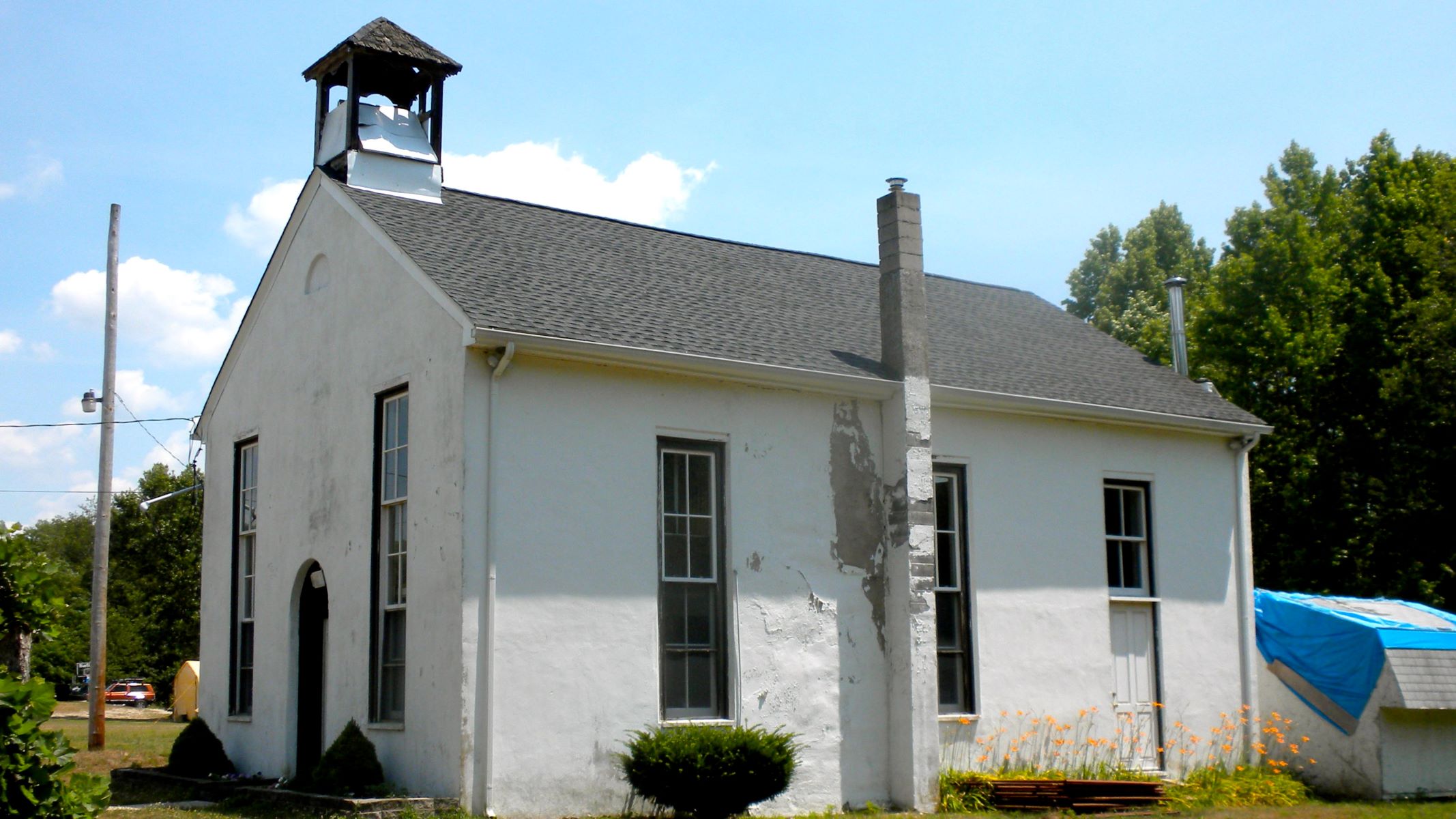Echoes Of Emancipation: Secret Underground Railroad Stations

Have you ever wondered about the hidden stories behind the Underground Railroad? This secret network helped countless enslaved people find freedom. Many Underground Railroad stations played a crucial role in this journey. These stations were often homes, churches, or barns where brave individuals offered shelter and aid. Some of these places still stand today, holding echoes of a time when courage and hope lit the way to freedom. Visiting these historic sites can be a powerful experience, connecting us to the past and the incredible stories of those who risked everything for liberty. Ready to learn more about these remarkable locations?
Echoes of Emancipation: Secret Underground Railroad Stations
The Underground Railroad was a network of secret routes and safe houses used by enslaved African Americans to escape into free states and Canada. Brave souls risked their lives to help others find freedom. Here are some of the most notable secret stations that played a crucial role in this historic movement.
1. Levi Coffin House, Indiana
Levi Coffin, often called the "President of the Underground Railroad," sheltered over 2,000 runaway slaves in his home. This house in Fountain City, Indiana, became a beacon of hope for many seeking freedom.
2. John Rankin House, Ohio
Perched on a hill in Ripley, Ohio, the John Rankin House offered a safe haven. John Rankin, a Presbyterian minister, used a lantern to signal escaping slaves that his home was a safe stop.
3. Harriet Tubman Home, New York
Harriet Tubman, one of the most famous conductors, used her home in Auburn, New York, as a refuge. Tubman personally led many to freedom, risking her life repeatedly.
4. First Congregational Church of Detroit, Michigan
This church served as a critical station for those crossing into Canada. The congregation actively supported the Underground Railroad, providing shelter and resources.
5. Mother Bethel A.M.E. Church, Pennsylvania
Located in Philadelphia, this church was a sanctuary for many. Richard Allen, the church's founder, was a prominent abolitionist who helped countless individuals escape slavery.
6. The Old Jail, Maryland
In Leonardtown, Maryland, this former jail held enslaved people awaiting auction. It later became a stop on the Underground Railroad, where brave souls found temporary refuge.
7. The Waverly Plantation, Mississippi
This plantation in West Point, Mississippi, was owned by George Hampton Young, who secretly aided escaping slaves. The plantation's remote location made it an ideal hiding spot.
8. The Nathan and Polly Johnson House, Massachusetts
In New Bedford, Massachusetts, this house was a key station. Nathan and Polly Johnson, free African Americans, provided shelter and support to many, including Frederick Douglass.
9. The Eells-Stow House, Connecticut
Located in Milford, Connecticut, this house was owned by abolitionist Peter Eells. It served as a safe stop for those fleeing slavery, offering a place to rest and regroup.
10. The Dr. Richard Eells House, Illinois
Dr. Richard Eells' home in Quincy, Illinois, was a vital station. Eells, a physician and abolitionist, used his home to hide and aid runaway slaves on their journey north.
The Legacy of the Underground Railroad
The Underground Railroad remains a powerful symbol of courage and freedom. Hidden stations and secret routes tell stories of bravery and resilience. Visiting these sites offers a glimpse into the past and honors those who fought for liberty. Each location, from homes to churches, played a crucial role in helping enslaved people escape to freedom. Learning about these places deepens our understanding of history and the sacrifices made for justice.
Exploring these historic sites connects us to a time when ordinary people did extraordinary things. The legacy of the Underground Railroad continues to inspire and remind us of the importance of standing up for what is right. Whether you're a history buff or just curious, these places offer valuable lessons and a chance to reflect on the enduring fight for human rights.

